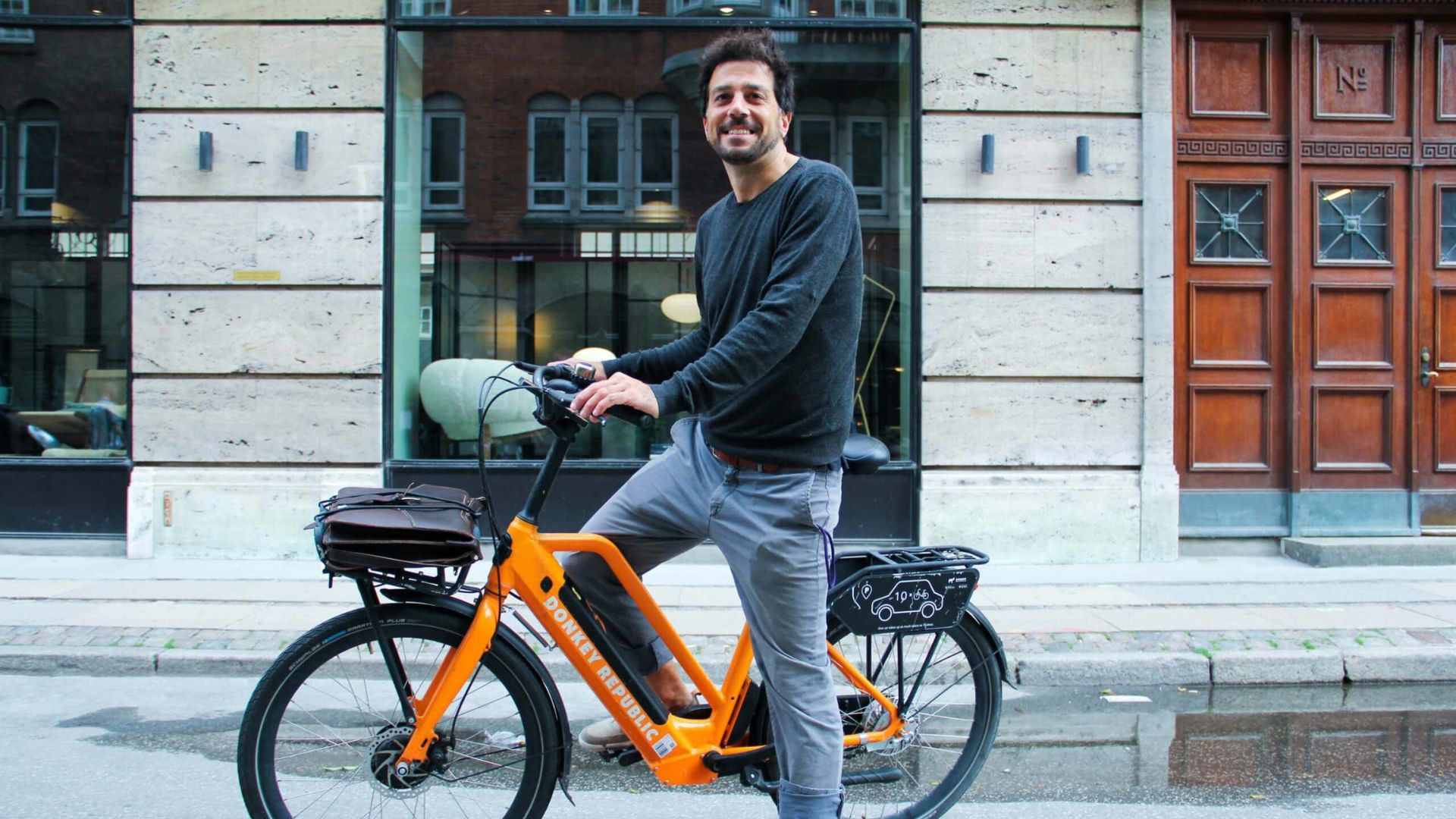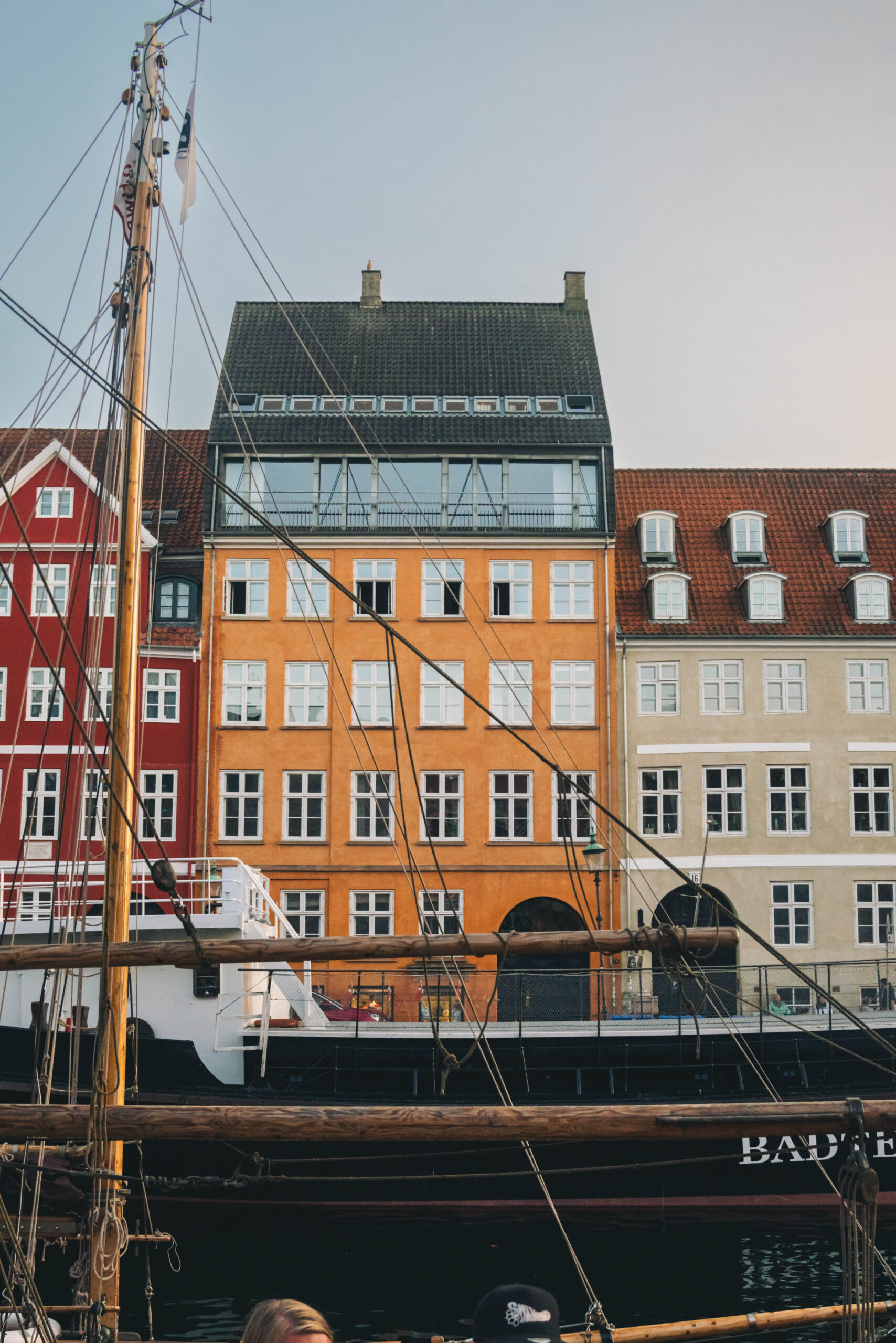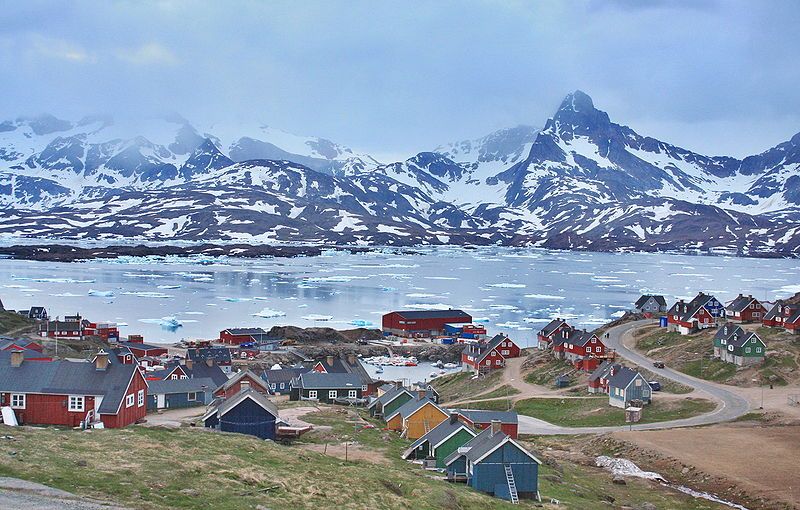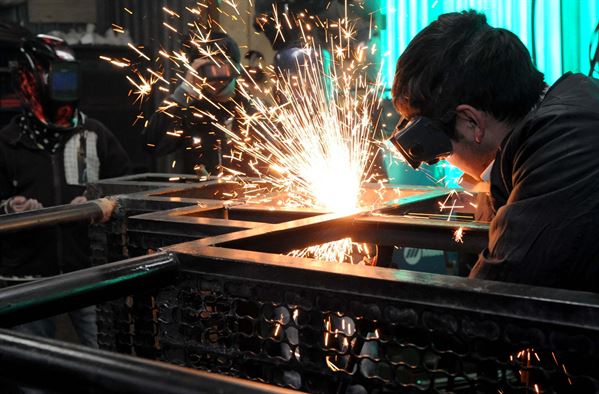Denmark will greatly expand economic relations with emerging markets in coming years as trade with developed economies stagnates, according to the trade and investment minister, Pia Olsen Dyhr (Socialistisk Folkeparti).
Spurring exports to the BRICs countries and attracting more foreign investment could help Denmark's economy regain growth momentum, Dyhr told Xinhua in an exclusive interview, following a trip to South-east Asia and China's Hong Kong.
"There is lots to be done with China, and the government has decided to make a BRIC strategy which will be published in February 2012, where we will make concrete plans for action and promoting cooperation with Brazil, Russia, India and China," she said.
The objective was to boost Denmark's global trade profile and angle it away from developed countries toward emerging markets with booming economies and large consumer bases, said Dyhr. Her position is a newly established portfolio and she would like export-led growth and investments from markets like China, to define her time in office.
Currently, half of Denmark's gross domestic product comes from the export of goods and services, with the rest of the EU as its biggest trade partner. About 70 percent of Danish exports go to nearby markets, such as Sweden, Germany and the UK, while 7 percent go to the United States, the biggest market outside the EU.
In comparison, the rising economies of Brazil, Russia, India and China collectively contribute only 5 percent of Denmark's overall exports, according to 2009 data from Denmark's Foreign Ministry, Dyhr said. But the 2008 global financial crisis, and the on-going debt crisis in the EU, have dampened Danish exports to traditional markets and prompted a policy re-think.
"We have to acknowledge that the world as we see it today will shift in future," Dyhr said, pointing to the rampant BRICS (Brazil, Russia, India, China and South Africa) and other fast-growing markets, such as Turkey, Mexico and Vietnam.
"I think if we don't recognize our window of opportunity in Denmark, given that we are such an open economy, we are going to miss out on growth," she said.
BRICs future
Although Danish exports in mid-2011 returned to levels before the 2008 financial crisis, the outlook remains fragile. Merchandise exports were predicted to grow just 3.8 percent in 2012, with exports to western Europe falling 0.5 percentage points, the Trade and Investment Ministry said in a forecast.
Yet, the Confederation of Danish Industry said total exports to emerging economies could rise 14 percent by 2030, with exports to China contributing 9 of the 14 percent growth.
"I see China as a good example of (countries) where you see growth. And in their (latest) five-year plan, I see them very conscious of the fact that it cannot just be growth, but they must ensure it is green growth," Dyhr said.
"As they have to ensure care for the environment, (and improve) energy efficiency, I see that as a possibility for Denmark to come and get a share of the growing market in China," she said.
In fact, Danish export trade will be rejuvenated by "smart growth", which involves trade in climate and energy products, including renewable energy technologies, water and environment solutions, like wastewater management, health and welfare-related products, creative industries, and sustainable food, such as food safety technology, the minister said.
"It is important we have growth, smart growth, and ensure employment in Denmark, but also have answers to global problems. I see that going hand-in-hand with BRIC countries," Dyhr said.
Danish flagship industries, like wind power, agriculture and meat products, and cutting-edge health products, are likely to lead the way. Dyhr believes treatment solutions for the elderly could attract Chinese investors, as China's population is aging.
The ministry's BRIC strategy will have policies tailored to each of 11 rapidly growing markets according to the different challenges they face.
It would identify the types of Danish exports which should be promoted in each country and their levels of enthusiasm and capacity to invest in Denmark, Dyhr said.
The ministry said the government had set aside about $10 million to strengthen engagement with emerging economies.
Denmark will also promote a multilateral free trade agreement covering green sector products under the World Trade Organisation (WTO) system, to make it easier for members to export green technology and green energy.
"We need a push to the global green agenda that benefits developing countries, including China, which is more and more dependent on renewables," Dyhr said.
She will also push the idea with bilateral trade partners under Denmark's presidency of the EU, which starts on January 1, 2012.
Chinese investment
Besides focusing on exports, the center-left coalition government, which took office in September, also wants to attract much higher levels of foreign direct investment and knowledge exchange.
"I don't see (the strategy) only as exporting to China. We need to see the step forward as (bringing) more and more trading partnerships: we can benefit of course from manufacturing in China … Chinese workers (in turn) get stronger on knowledge and innovation," Dyhr said.
She said Denmark was open to all types of inward investment from Chinese companies, although there was likely to be an emphasis on high-technology products, where Chinese companies could establish partnerships with Danish firms and researchers.
She also indicated Denmark was reviewing work-permit and visa rules for foreign labor and investors. "We are examining all the legislation that makes it difficult for foreign investors to come to Denmark," she said.
"If Chinese investors come to Denmark and want to establish a production line here, of course they want Chinese (staff) to follow as well. Why shouldn't we make it easier for them to have, for example, three or four Chinese at a factory in Denmark where, for example, we have 1,000 Danish employees?" Dyhr said.
Dyhr considered Denmark's low crime rate, free health and education systems, as well as its skilled labor as appealing to investors, despite high corporate taxes, perceived as the main characteristic of business in Denmark. A flexible system, which made it easy to hire and fire workers, was another plus, she added.
"We have a social system which ensures the people being fired get benefits from the state, which for a company coming here and hiring a lot of employees, means they don't need to get scared if they have to cut back on employees," Dyhr said.
She felt Denmark's high level of industrial design made its companies ideal partners for emerging market firms to re-style their products for supply to EU consumers.
"Our advantage in Denmark is that we are a bit more creative and innovative all the time," Dyhr said. "As long as we are a step forward, we will be interesting for Chinese investors," she said.












